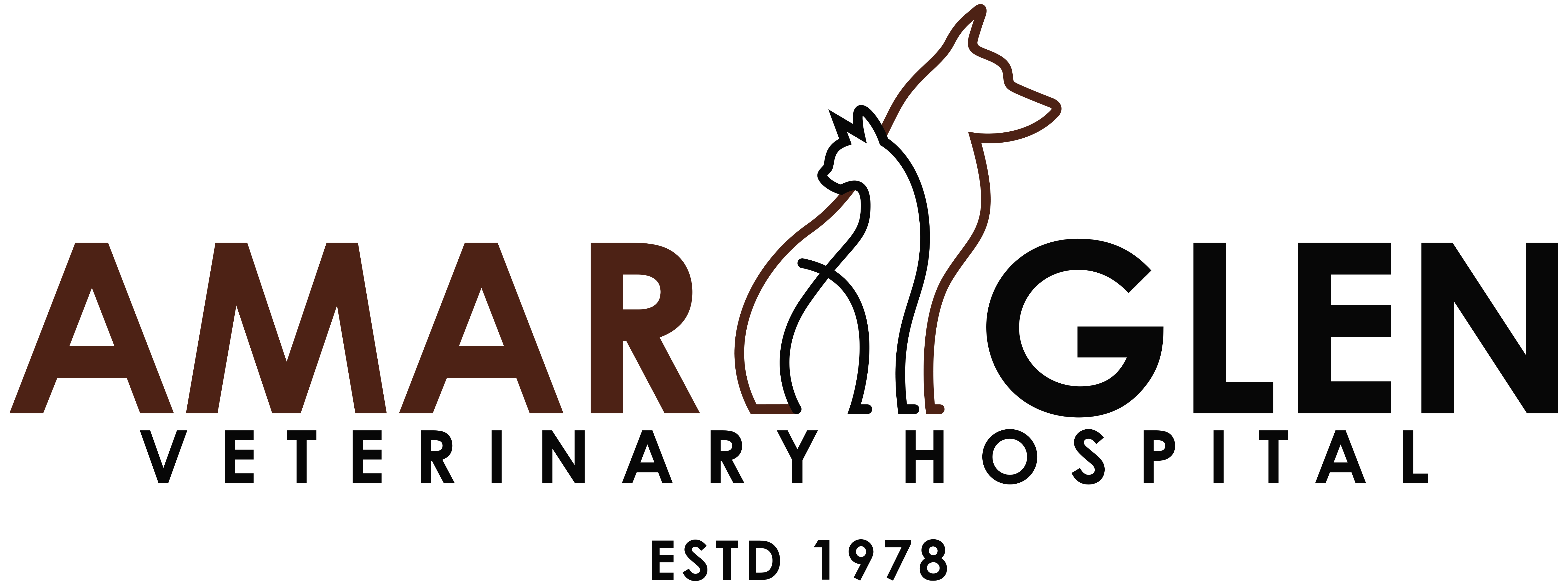Library
-
Preparing your cat to travel to the vet is one of the most important investments you can make during the lifespan of your cat. Cats should visit the veterinary hospital at least once yearly. The smoother the experience goes, the least amount of stress both you and your cat will experience.
-
Preparing your pet for a blood test helps to ensure that the results are as accurate and reliable as possible. Preparation for routine and special blood tests is slightly different. Your veterinarian will give you specific instructions before your appointment. It is important that you follow these instructions exactly to ensure accurate test results.
-
Winter cold weather poses several risks for our pets. This article outlines some of the key risks and how to avoid them, to keep your pet safe year-round.
-
Good hygiene takes practice, but starting early will make keeping your pup clean easier for his entire life. You can start some of these jobs shortly after your puppy arrives home. Be sure to keep a calm voice and use food rewards as positive conditioning to make it a positive experience.
-
La castración consiste en extirpar el útero y los ovarios. Es una intervención permanente e irreversible. Aunque se trata de una cirugía mayor que requiere anestesia general, el riesgo es mínimo en animales sanos, sobre todo si son inmaduros.
-
Plaque and Tartar Prevention in Cats
La placa es una sustancia gelatinosa que se forma en los dientes a las pocas horas de una comida. A las 24 horas, la placa empieza a mineralizarse y combinarse con las sales presentes en la salina. Si la placa continua acumulándose y mineralizándose, con el tiempo se convierte en sarro.
-
Plaque and Tartar Prevention in Dogs
La placa es una sustancia gelatinosa que se forma en los dientes a las pocas horas de una comida. A las 24 horas, la placa empieza a mineralizarse y combinarse con las sales presentes en la salina. Si la placa continua acumulándose y mineralizándose, con el tiempo se convierte en sarro.
-
When families shelter together for extended periods, as occurred during the COVID-19 pandemic, pets enjoy nearly constant companionship. As people resume an active lifestyle, pets are suddenly faced with being alone. They may experience distress related to this loss of companionship. Treatment is discussed, such as independence training and an incremental program of safe departures. If your pet shows continued signs of distress related to being alone, it is important to seek professional help to prevent escalation.
-
The American Animal Hospital Association and American Veterinary Medical Association have established guidelines to standardize preventive health care for cats, helping them to live longer, healthier lives. This handout provides an overview of the recommendations within these guidelines and why they are so important.
-
The American Animal Hospital Association and American Veterinary Medical Association have established guidelines to standardize preventive health care for dogs, helping them to live longer, healthier lives. This handout provides an overview of the recommendations within these guidelines and why they are so important.

